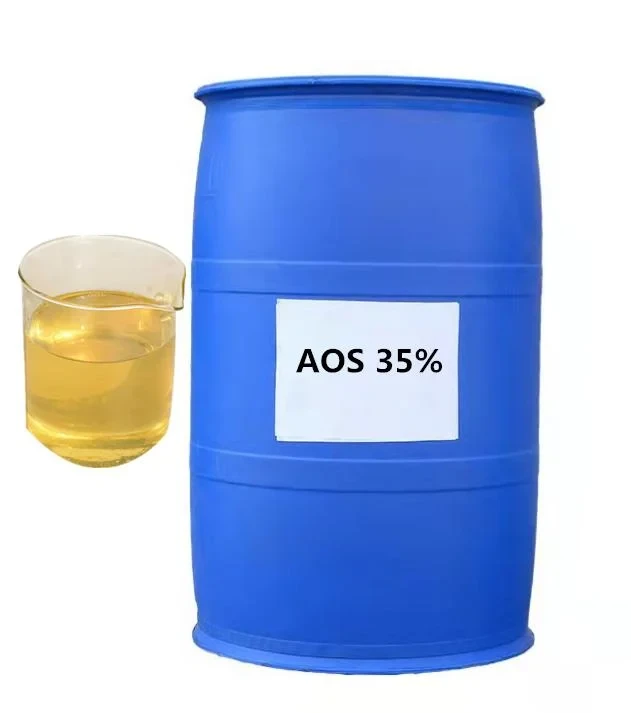



mono ammonium phosphate fertilizer
Understanding Monoammonium Phosphate Fertilizer
Monoammonium phosphate (MAP) is a widely used fertilizer in agriculture, known for its high nutrient content and efficiency in promoting plant growth. It is categorized as a compound fertilizer, providing essential macronutrients that are vital for various plant processes. In this article, we will explore the composition, benefits, application, and environmental considerations of monoammonium phosphate fertilizer.
Composition and Nutrient Content
Monoammonium phosphate is formulated with two primary nutrients nitrogen and phosphorus. Its chemical formula is NH4H2PO4, which indicates that it contains 11-52-0% of nitrogen, phosphorus pentoxide (P2O5), and potassium oxide (K2O), respectively. This exceptional distribution of nutrients makes it particularly beneficial for plants that require a rich supply of phosphorus, which plays a crucial role in root development, flowering, and seed production.
The nitrogen content in MAP is readily available to plants, promoting vigorous growth and enhancing the overall health of crops. Phosphorus, on the other hand, is critical for energy transfer and photosynthesis, making it essential for the establishment of a strong root system.
Benefits of Monoammonium Phosphate
One of the primary benefits of monoammonium phosphate is its high solubility, allowing for easy absorption by plants. This characteristic makes it an ideal choice for both soil application and fertigation, where fertilizers are dissolved and delivered through irrigation systems. The quick availability of nutrients in MAP can lead to rapid plant responses, making it particularly useful during the early stages of crop development.
Furthermore, MAP can enhance soil fertility over time. Regular application improves the phosphorus levels in the soil, which is often a limiting factor for crop yield in many agricultural systems. With adequate phosphorus levels, plants are better equipped to utilize other nutrients effectively, leading to increased agricultural productivity.
MAP is also known for its low salt index compared to other fertilizers, which means it has a minimal risk of causing osmotic stress in plants. This is especially beneficial in regions with saline soils, where sensitive crops may struggle to survive.
mono ammonium phosphate fertilizer

Application Methods
Monoammonium phosphate can be applied through various methods, including broadcasting, banding, and fertigation. Broadcasting involves spreading the fertilizer evenly across the surface of the soil, while banding places it in concentrated zones to target the root system directly. Fertigation entails injecting MAP into an irrigation system, allowing for precise nutrient delivery adjustments based on crop needs.
The timing of application is crucial for maximizing the benefits of MAP. It is typically recommended to apply this fertilizer at planting time or a few weeks after seed germination when the plants start to demand higher nutrient levels.
Environmental Considerations
While monoammonium phosphate is an effective fertilizer, it is essential to consider its environmental impact. Overapplication can lead to nutrient runoff, particularly phosphorus, contributing to water pollution and eutrophication in nearby water bodies. This excessive nutrient enrichment can cause harmful algal blooms, which negatively affect aquatic ecosystems and water quality.
To mitigate these risks, farmers and land managers should adhere to recommended application rates and timing. Soil testing can help determine the existing nutrient levels, allowing for informed decisions on fertilizer use. Additionally, implementing best management practices, such as buffer strips and cover cropping, can further minimize the environmental impact of fertilizer applications.
Conclusion
In summary, monoammonium phosphate is a powerful fertilizer that plays a fundamental role in modern agriculture. Its high nutrient content, solubility, and versatility in application make it a valuable tool for enhancing crop yields and ensuring plant health. However, responsible use and environmental stewardship are crucial to harnessing its benefits while minimizing negative impacts. By adopting prudent agricultural practices, farmers can continue to utilize MAP effectively, supporting sustainable food production and environmental conservation.
-
Why Sodium Persulfate Is Everywhere NowNewsJul.07,2025
-
Why Polyacrylamide Is in High DemandNewsJul.07,2025
-
Understanding Paint Chemicals and Their ApplicationsNewsJul.07,2025
-
Smart Use Of Mining ChemicalsNewsJul.07,2025
-
Practical Uses of Potassium MonopersulfateNewsJul.07,2025
-
Agrochemicals In Real FarmingNewsJul.07,2025
-
Sodium Chlorite Hot UsesNewsJul.01,2025










